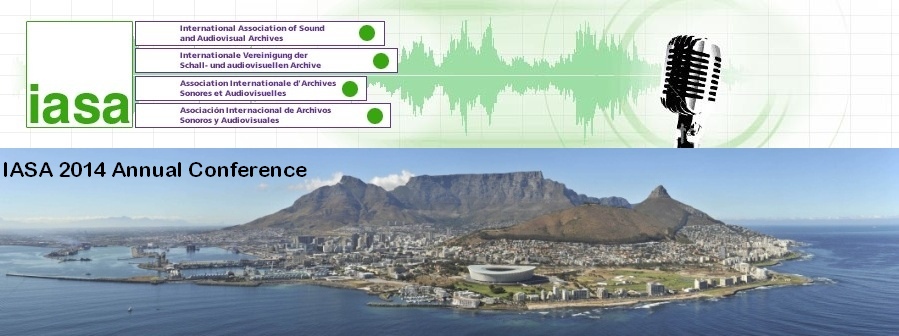This paper will address the core idea of recorded sound as art and archive while asking the following questions. How do we as sound artists begin to participate in a conversation about archiving our recorded work and creative works? Do we as the creators of sound art become the curators of this work?
In August 2013 my Indian artistic collaborator and I came together in Bangalore, India to explore notions of creation, and collaboration. Our project was to develop a body of creative work in response to Theyyam, a ritualistic Hindi festival prominent on the Malabar Coast of Kerala, in his hometown of Keezhara. Our initial research involved extensive ambisonic audio recordings and still imagery, to be used as a basis for creative exploration of our core theme, community.
As the project unfolded I realized the extent to which Theyyam was a storytelling festival, where for one week every year one family, tells stories of their community from centuries ago, chronicling historical moments, conflicts, and devotional ceremonies to the Gods. Having approached Theyyam as a sound artist interested in capturing a sonic story, not an anthropologist interested in documenting oral tradition and storytelling, the question arose as to whether or not I have an imperative to archive this work, and if so what avenues exist for me do so. If these recordings are archived what value would such an archive bring to the community of Keezhara, is this oral tradition something that they want archived, could it have a negative impact on the ecosystem of their Theyyam rituals? And from the vantage point of artistic integrity, is it right to archive these recordings, when access to their community and festival was granted under the guise of art?
The sound art in creation relies heavily on the original recordings, but re-composes them in exploration of the theme. From an archival perspective is there value in high fidelity audio recordings that have been recomposed or does the value lie in the native recordings? Is there value in dissemination of this recorded work, outside of the traditional libraries and archives? Could there be value in these archival quality recordings, making their way back to their origins, to the community of Keezhara, in a way that an archive would likely not support, especially in a country like India, which likely lacks the infrastructure to properly support such an archive.
The intention of this project was always to bring the exhibition of our creative works back to the Malabar Coast and to the community of Keezhara. The work aims to highlight the families and people who create the Theyyam festival, and to explore the relationship and barriers of caste and community within the festival. It is possible that this work may travel to other parts of India, the Middle East and possibly The Americas, but its primary focus is to cycle back into the community from where the original inspiration was derived.
